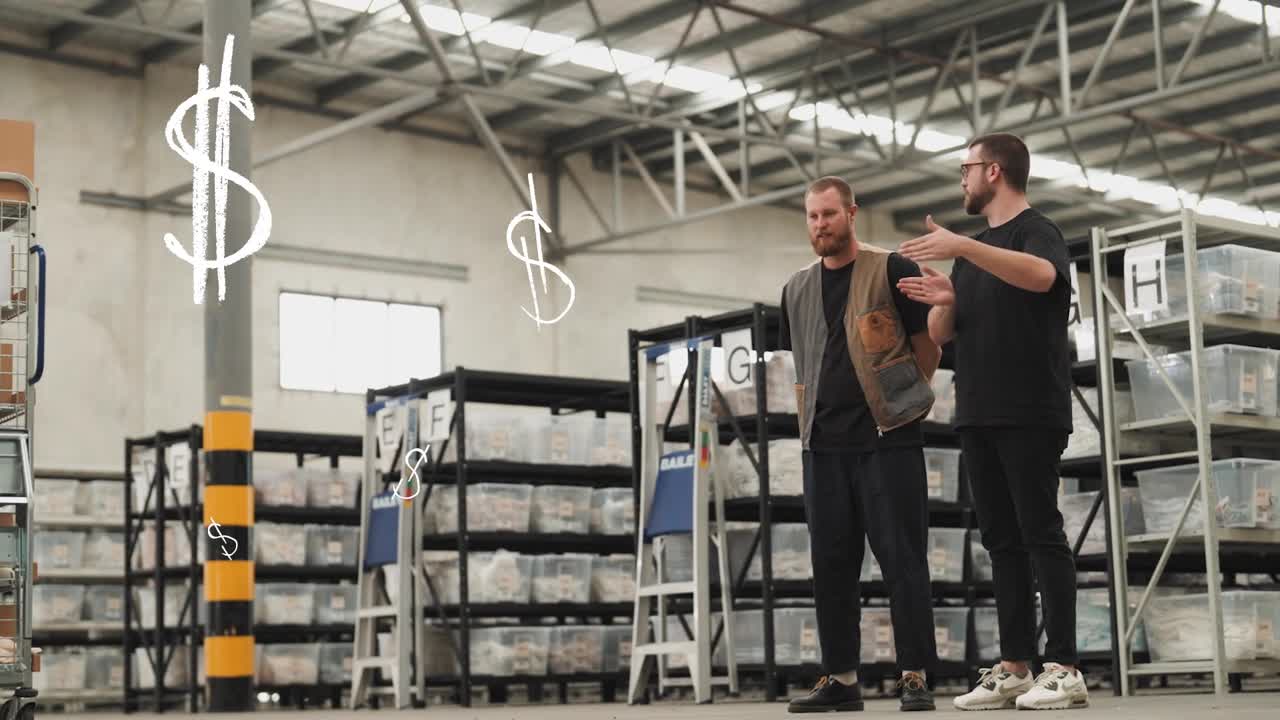For fashion retailers there is a desire to keep their high-street stores in top shape. Work force, physical space, and upkeep are just some of the costs associated with keeping a brand working to the best of its ability on the high street. Alongside this comes the ability for the store to offer a personal shopping experience, customer fulfillment and gratification achieved instantly.
An online fashion retailer may operate differently with their focus being on the distribution centre. There is no day-to-day physical customer traffic, the inventory remains tightly looked after, thanks to warehouse management systems, yet there are many things to consider to ensure it’s a success.
Accuracy
For most online fashion companies, the warehousing of clothes and accessories will need a system directive to enable order fulfillment. When it does move it is tracked closely which means that accuracy levels of 100% are not uncommon in the traditional warehouse with the right systems in place. This kind of accuracy is important as it means fashion companies can stay on top of their stock and never have to fear selling an out of stock item online.
Location
Warehouses will most likely have different places where products are stored. That makes your warehouse more accurate, but also provides the systems in your warehouse with vital information on exactly where to go when it needs to fulfill an order. Inventory must be located correctly so that a picker can find it. By thinking about what inventory goes where you can see dramatic improvements in accuracy and stock.
In fashion, most items will be put into a zone, dictated by the storage type. So, if you have shoes they’ll go into special shoe racks, dresses would be hung and accessories would go into small bins.
Within the designated zones, fashion companies will try to keep the same product in one location with multiple products in each locale. By keeping items that look different together you can make life much easier for your picker and help your overall operation. For example, if you have pink bras and black gloves side by side it’s easy to differentiate between the two.
Capacity
Fashion retailers require a greater capacity in order to stock all product lines, and because of this they need to stock a higher number of SKUs. Fashion retailer’s customer base will usually require smaller, more frequent deliveries to meet consumer demand.
Our research has shown that a maximum of three different SKUs in one location is optimum, so it’s important as a fashion outlet to spend time thinking about the right storage for your different groups of products.
Pallet loads
Fashion warehouses usually deal with smaller packets that need to be picked on a daily basis, and this could pose problems for picking and packing.
With the right Warehouse Management System (WMS) in place fashion retailers can cope with a huge number of SKUs and also benefit from automated storage and retrieval, allowing your warehouse operatives to work in a more effective manner.
These systems are especially useful for in fashion as they need to fulfill online orders for consumers usually ordering one or two units of a particular product.
Inventory
Forecasting is incredibly important when it comes to fashion retail. The long-time-to-market contrasts with the short life cycle of products, making the forecasting process a challenging one.
Manual systems also limit you, as they are typically one SKU per location. So, it’s important for fashion companies to have systems in place that can help alleviate this challenge.
Automated operations that leverage high-level systems can optimise case picking, packing and sorting allowing you to store anything, anywhere.
Companies can pool data from their software systems and integrate this with transportation management and data analysis which together allows for the greater forecasting of inventory.
This puts the warehouse in a good position to be flexible enough to meet any changes in demand.
Conclusion
As you can see there is a lot to consider when thinking about warehouse operations for your fashion business. It requires meticulous planning to get the right processes in place and alongside selecting the right technology you can ensure your warehouse operations hit the ground running.





